Ancho Chili Powder vs Chili Powder: A Flavorful Comparison for Every Cook
Spices are the secret ingredient that can elevate a simple dish into something unforgettable. Among the many spices, chili powders stand out as one of the most versatile and essential in any kitchen. However, when it comes to ancho chili powder vs chili powder, things can get a bit confusing. Both are used in similar ways, but they have distinct flavor profiles, uses, and characteristics. Whether you're a seasoned chef or a home cook looking to expand your spice repertoire, this guide will help you understand the differences between these two popular chili powders.
Table of Contents
- Flavor Profile: What Makes Them Different?
- Usage and Culinary Applications
- Buying Guide: How to Choose the Right One
- Substitute Tips: When You Need to Swap One for the Other
- Conclusion: Pick the Right One for Your Dish
Flavor Profile: What Makes Them Different?
When it comes to taste, ancho chili powder and regular chili powder are like apples and oranges. While both are made from dried chilies, the type of chili used and the processing method create significant differences in flavor.
Ancho chili powder is made from dried poblano peppers that have been roasted and ground. It has a rich, slightly sweet, and smoky flavor with hints of fruitiness—like dark chocolate or figs. This makes it ideal for dishes that need depth and warmth, such as stews, enchiladas, and mole sauces.
Chili powder, on the other hand, is a blend of ground chilies (often including ancho, cayenne, and others) mixed with other spices like cumin, garlic powder, oregano, and sometimes even sugar. It’s more of a general-purpose spice, offering a balanced heat level with a variety of flavors. It's commonly used in American-style chili, tacos, and seasoning blends.
| Feature | Ancho Chili Powder | Chili Powder |
|---|---|---|
| Base Pepper | Dried Poblano | Mixed Chilies + Spices |
| Flavor | Smoky, Sweet, Fruity | Earthy, Spicy, Savory |
| Heat Level | Mild to Medium | Medium to Hot |
| Use Case | Mole, Stews, Enchiladas | Chili, Tacos, Seasoning Blends |
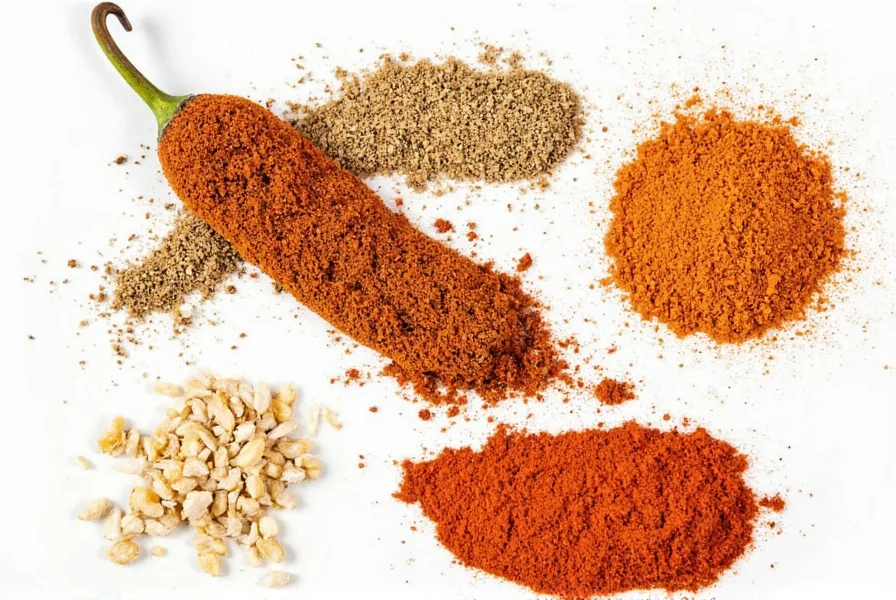
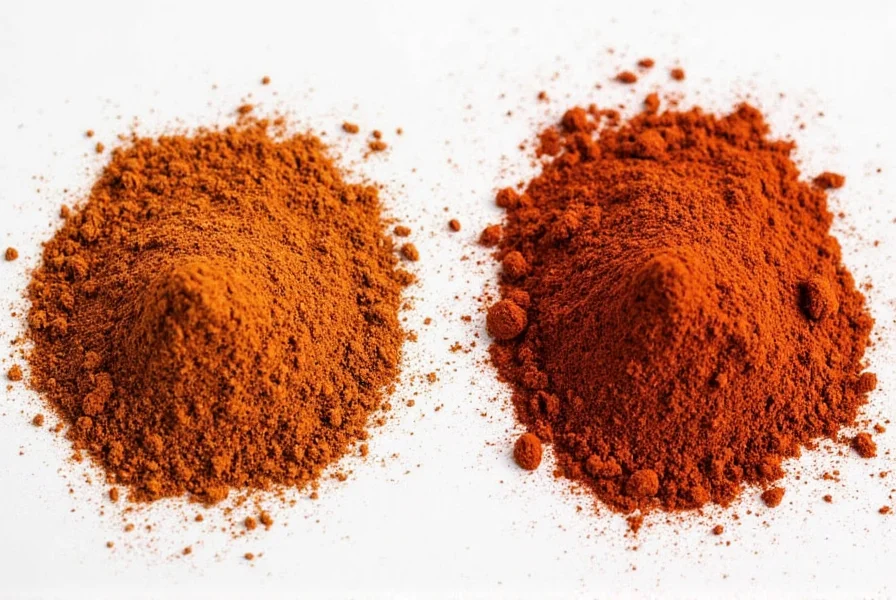
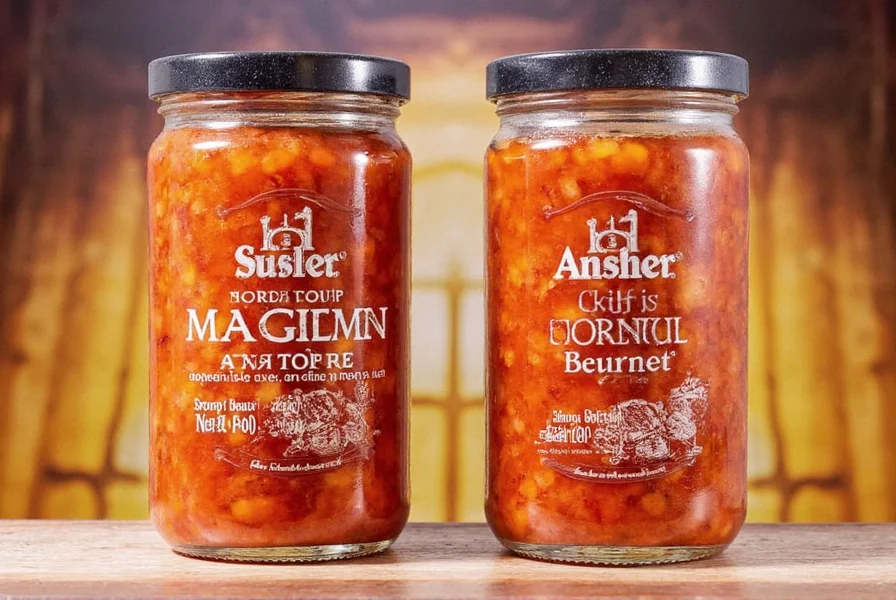
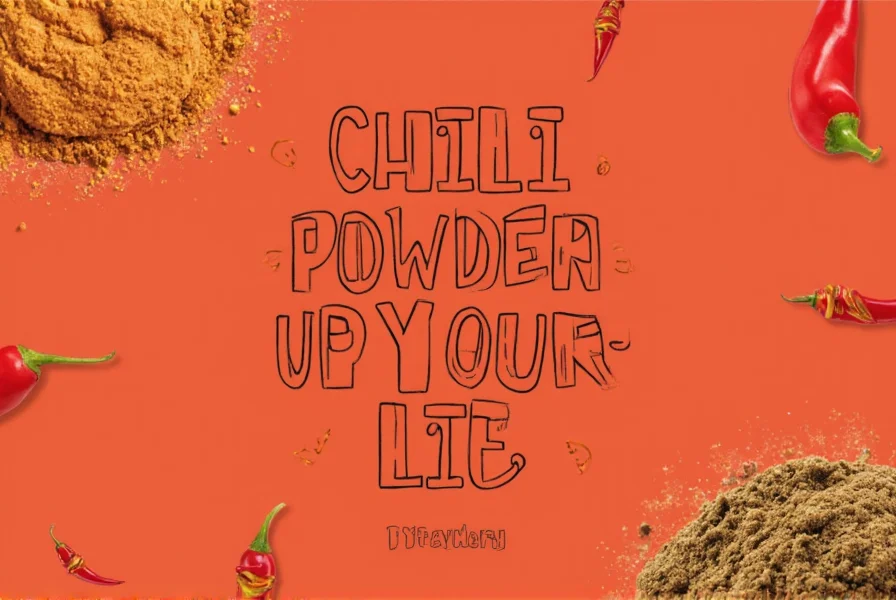
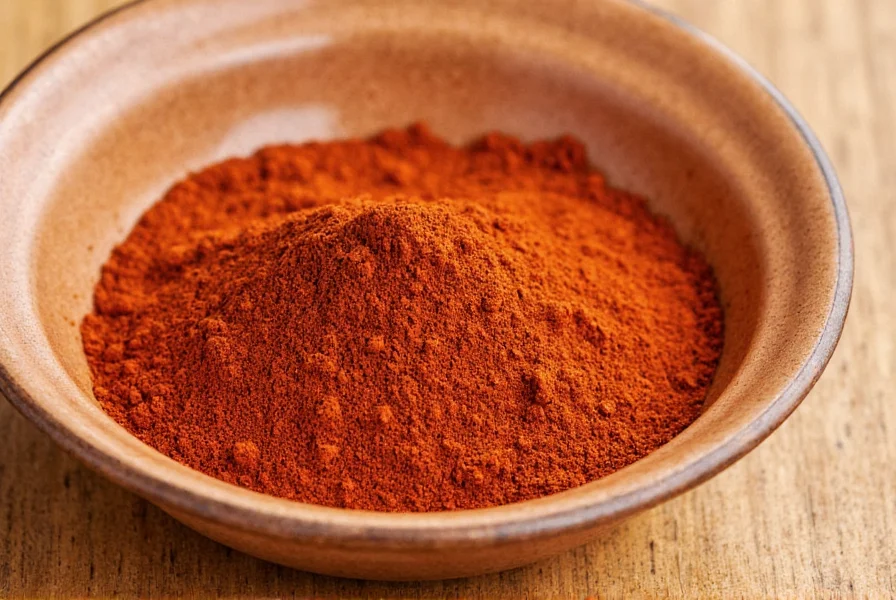
Usage and Culinary Applications
Understanding how to use each chili powder can make a big difference in your cooking. Here's a breakdown of their typical applications:
- Ancho chili powder is perfect for dishes that require a deep, complex flavor. Think of classic Mexican recipes like mole, enchiladas, or chili con carne. Its sweetness pairs well with meats, beans, and vegetables.
- Chili powder is more of a go-to for everyday cooking. It's used in American-style dishes like chili, steak seasonings, taco rubs, and grilled meats. The added spices give it a more rounded profile, making it great for quick meals.
One key point to remember is that ancho chili powder is not a direct substitute for chili powder—especially if you’re looking for a specific flavor. If you want to replicate the taste of ancho chili powder using chili powder, you might need to add a bit of cumin, paprika, and maybe some sugar or cocoa to mimic its depth.
Buying Guide: How to Choose the Right One
When shopping for chili powders, there are several factors to consider. Here's a detailed buying guide to help you choose the right one for your needs:
Features to Look For
- Origin of Peppers: Ancho chili powder should be made from dried poblanos. Check the label to ensure it's not just a generic chili powder.
- Ingredients List: Regular chili powder usually includes cumin, garlic, oregano, and sometimes salt or sugar. Ancho chili powder may contain fewer additives, depending on the brand.
- Heat Level: If you prefer mild, go for ancho. If you like a bit more kick, chili powder might be better.
- Packaging: Fresh chili powders are best stored in airtight containers. Avoid powders that look dull or have clumps, which could indicate age or moisture exposure.
Recommended Brands
- La Costeña Ancho Chili Powder: A trusted brand known for its authentic flavor. Great for traditional Mexican dishes.
- McCormick Chili Powder: A popular choice for its balanced blend of spices. Ideal for everyday cooking and American-style recipes.
- Trader Joe's Organic Ancho Chili Powder: Offers a clean, natural option without unnecessary additives.
Use Cases and Target Audience
- Ancho Chili Powder is ideal for chefs, food enthusiasts, and anyone who loves Mexican cuisine. It’s also great for those who want to experiment with deeper, more complex flavors.
- Chili Powder suits busy cooks, grill masters, and people who enjoy quick, flavorful meals. It’s perfect for casual settings like family dinners or backyard barbecues.
Substitute Tips: When You Need to Swap One for the Other
While ancho chili powder and chili powder aren’t perfect substitutes, there are times when you might need to swap them. Here are some tips:
- Using chili powder instead of ancho chili powder: If you don’t have ancho, you can try mixing equal parts chili powder with a bit of smoked paprika and a pinch of cumin to mimic its smoky sweetness.
- Using ancho chili powder instead of chili powder: If you want a richer flavor, replace part of the chili powder with ancho chili powder. Start with a small amount and adjust to taste.
- Homemade alternatives: You can make your own ancho chili powder by roasting and grinding poblanos. For a basic chili powder, combine ground chilies with cumin, garlic powder, and oregano.
Remember, the key is to understand the flavor profile you’re aiming for. If you’re unsure, start with a small amount and build up as needed.
Conclusion: Pick the Right One for Your Dish
In summary, ancho chili powder vs chili powder is more than just a matter of heat—it's about flavor, versatility, and culinary purpose. Ancho chili powder brings a unique depth and sweetness that works wonders in traditional Mexican dishes, while chili powder offers a more balanced, accessible option for everyday cooking.
Whether you're preparing a spicy bowl of chili, a rich mole sauce, or a simple taco seasoning, knowing the difference between these two powders can help you make the best choices in the kitchen. So next time you reach for a bag of chili powder, take a moment to consider what kind of flavor you're really after—and don't forget to experiment!

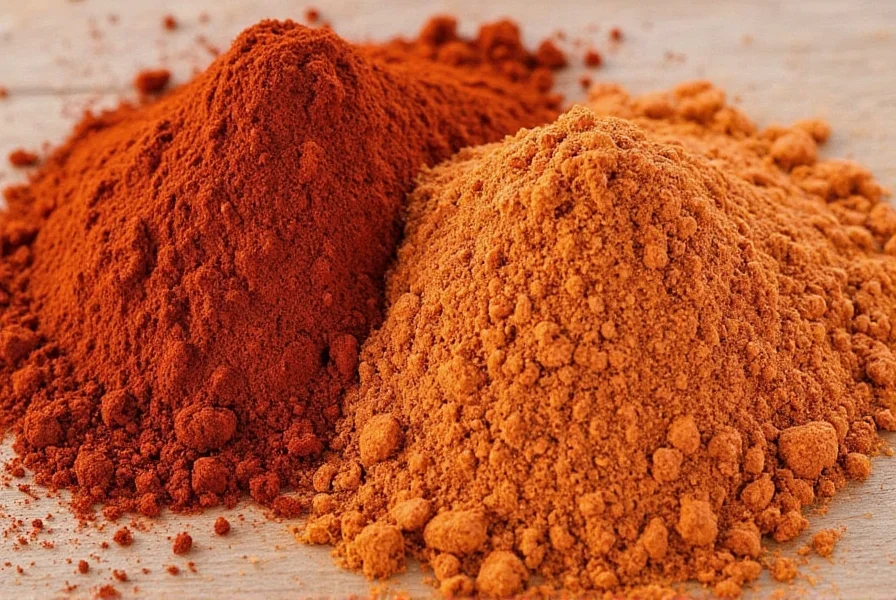









 浙公网安备
33010002000092号
浙公网安备
33010002000092号 浙B2-20120091-4
浙B2-20120091-4